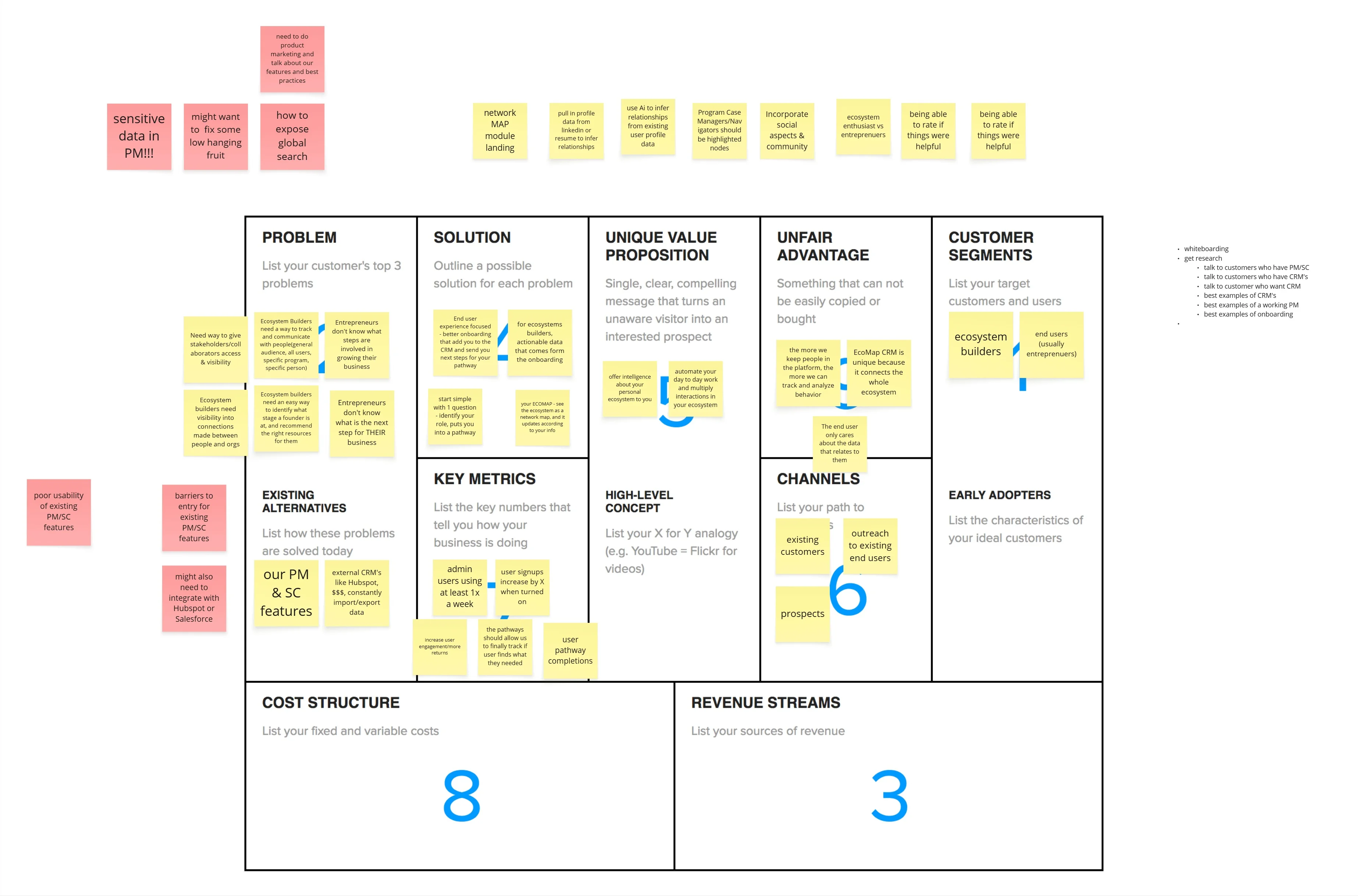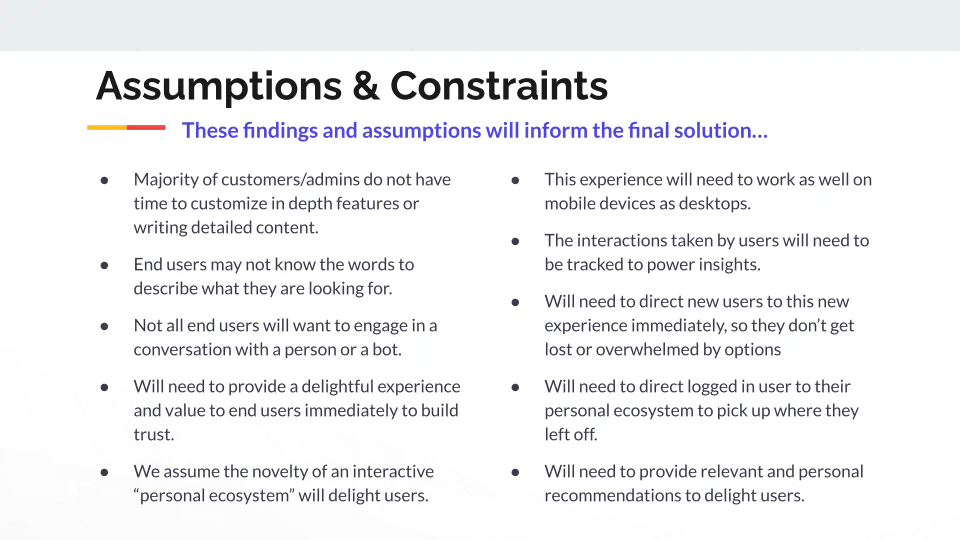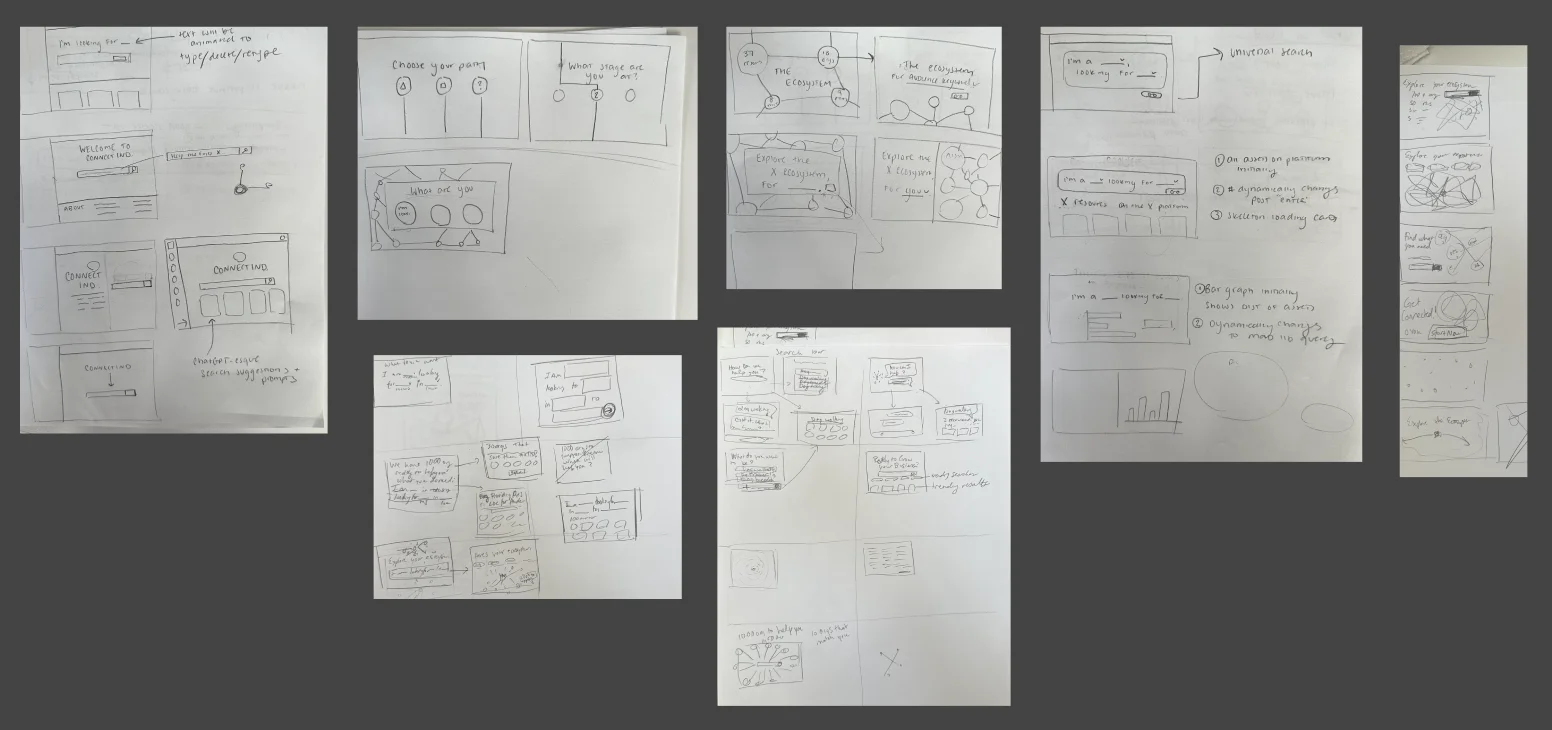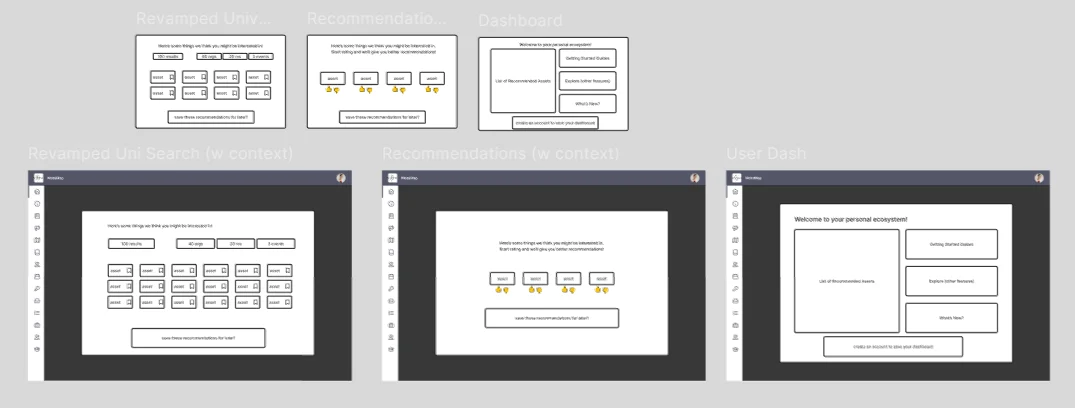
Entrepreneurial Pathways
From Mystery Feature to Award-Nominated Product
How we turned a sold-but-undefined feature into a game-changing solution that tripled user retention
- Role
- Lead Designer & Acting Product Manager
- Timeline:
- ◊ Spring -Summer 2024
- Team ◊ EcoMap Technologies
- Denise Nadal, Eric Sauter, Hope Chang, Marcus White, Jared Gibb, Duncan Wood, Jean Zouck
- Impact
-
- 2x increase in user engagement time
- 3x improvement in user retention rates
- Nominated for Product of the Year 2024 by Technical.ly Baltimore"
The Challenge
In early 2024, our design team inherited an unusual problem: our previous CEO had successfully sold a new feature called "Pathways" to a key customer, but left behind no documentation about what it was supposed to do. We had a committed customer, a development timeline, and absolutely no clarity on the actual product requirements.
Uncovering the Real Problem
Rather than guess what "Pathways" should be, we took a step back to understand the fundamental customer need. I led our team through a Value Proposition Canvas exercise to map out what we knew versus what we needed to discover.
Research Approach
- Customer interviews with multiple clients, including the original requestor
- Workflow analysis to identify common pain points across customer segments
- Early concept testing with lo-fi wireframes to validate directions quickly
Key Insights
Through our interviews, we discovered customers were struggling with:
- Manual, repetitive tasks that didn't scale with their growing practices
- Workflow inefficiencies that created bottlenecks in supporting entrepreneurial growth
- Need for automation in their daily entrepreneurial support processes
"The research phase was crucial - it helped us pivot away from confusing design directions before we invested too much development time."
Designing for Impact
With clear problem definition, we moved into an iterative design and testing process that ran parallel to our research efforts.
Design Process
- Rapid prototyping - Created clickable prototypes for user testing
- Stakeholder alignment - Collaborated with Customer Success, Sales, and Marketing to ensure market fit
- Internal validation - Confirmed usability and feature completeness before engineering handoff
Early wireframes for validation
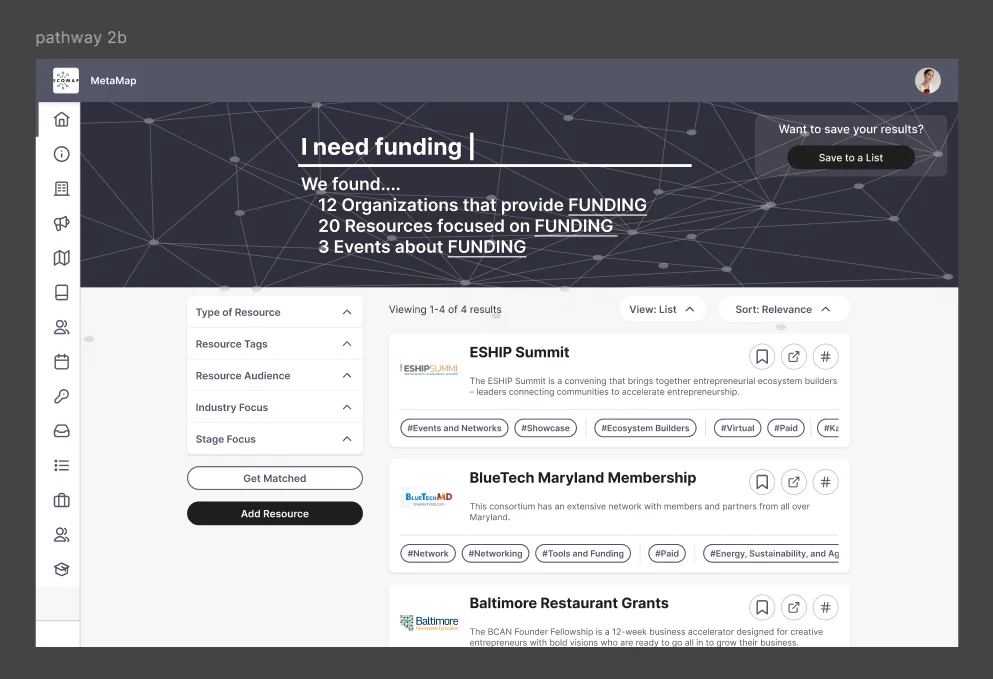
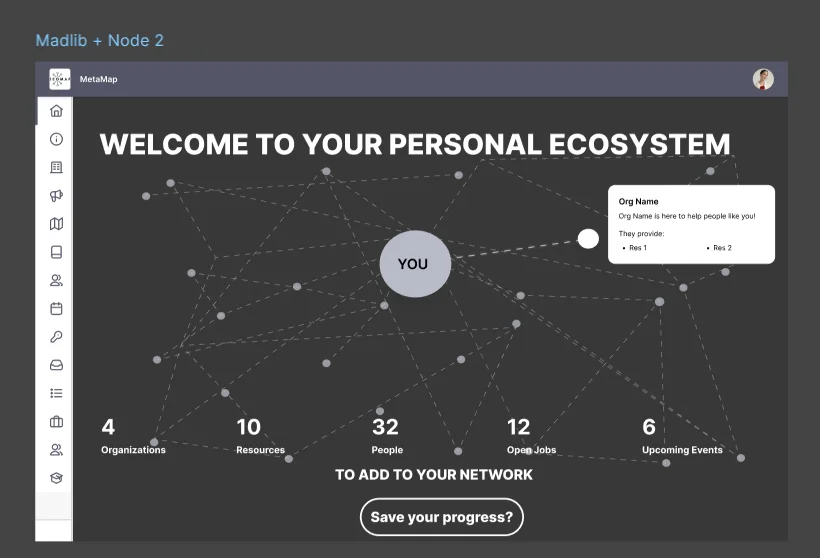
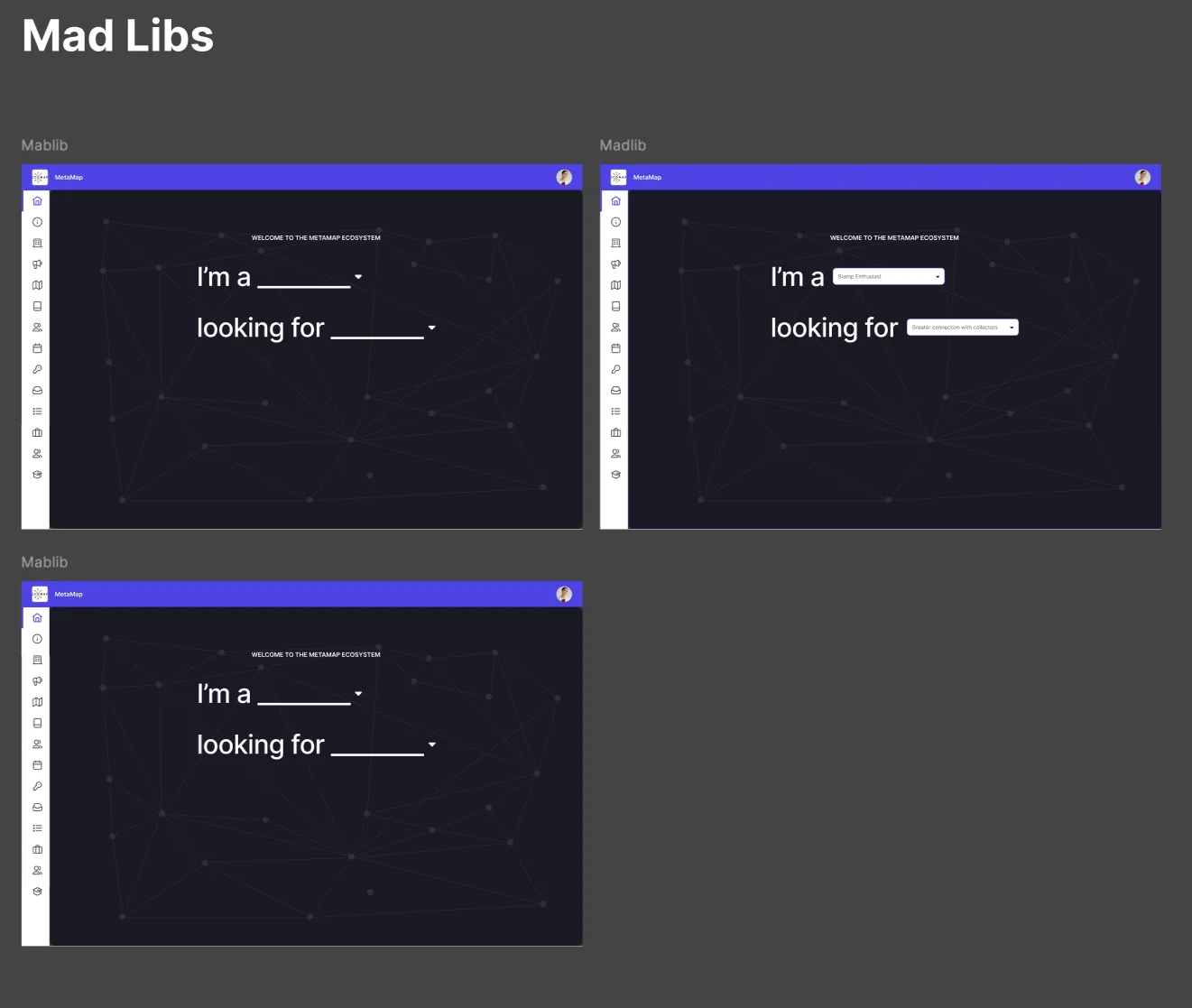

Prototypes used for user testing

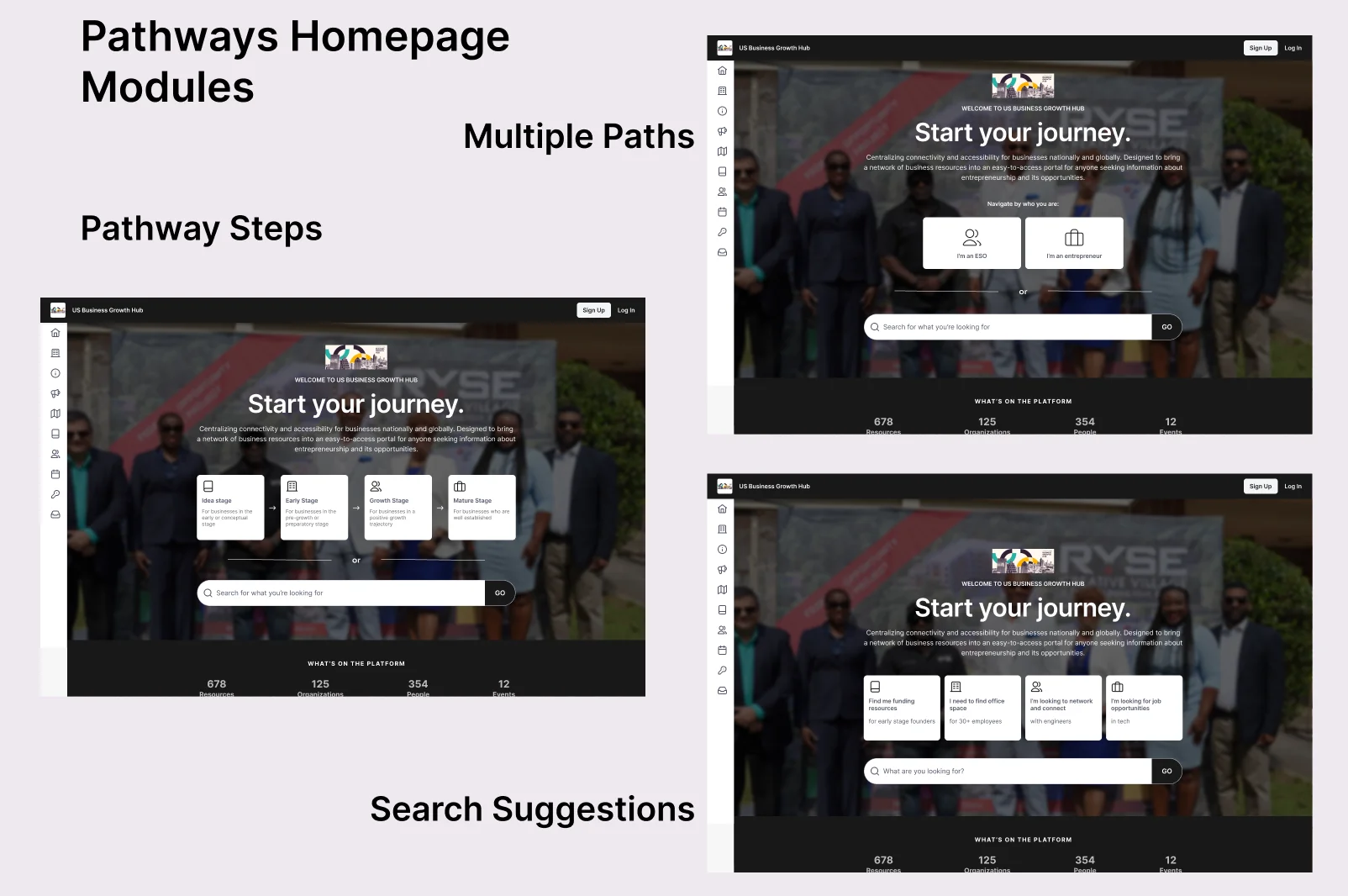
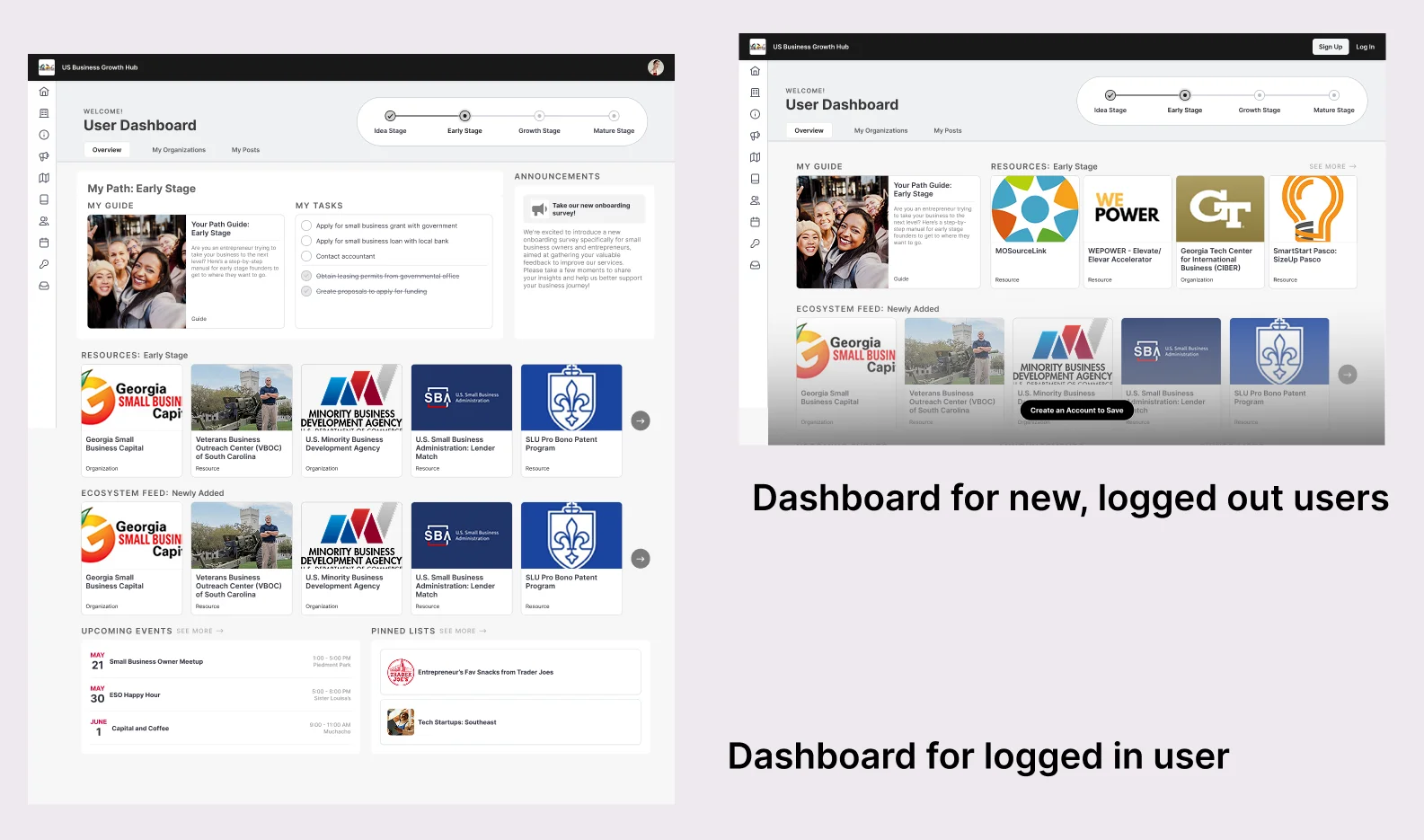
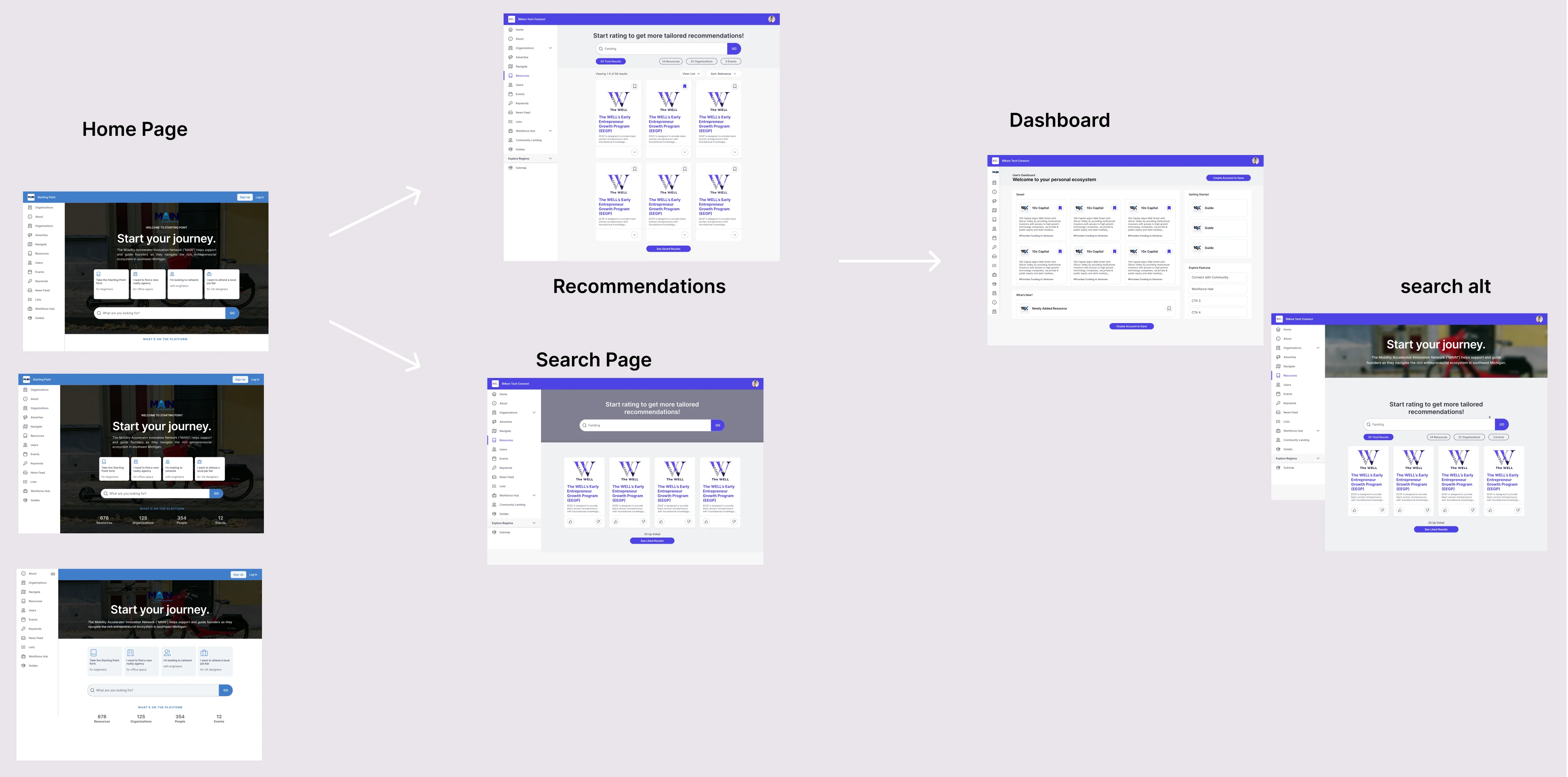

Cross-functional Collaboration
As Acting Product Manager, I also:
- Wrote comprehensive product requirements and engineering tickets
- Set development timelines and managed QA processes
- Identified key success metrics to prove value to prospects
- Supported engineering team throughout development
Example screens used for development
The Results
The beta release exceeded all expectations and validated our research-driven approach:
Quantitative Impact
- 2x increase in user engagement time
- 3x improvement in user retention rates
- 100% customer satisfaction in beta cohort
Industry Recognition
- Nominated for Product of the Year 2024 by Technical.ly Baltimore
- Became a key differentiator in sales conversations
- Generated significant customer expansion opportunities
Key Learnings
Start with the problem, not the solution. Taking time to properly understand customer needs through research prevented costly pivots later in development.
Cross-functional collaboration drives success. Involving Customer Success, Sales, and Marketing early ensured we built something that was both useful and sellable.
Iterative testing saves time. Quick wireframe validation helped us avoid building confusing interfaces and kept development focused.
What's Next
This project demonstrated how strategic design thinking can transform an undefined requirement into a market-leading feature that drives real business value.
